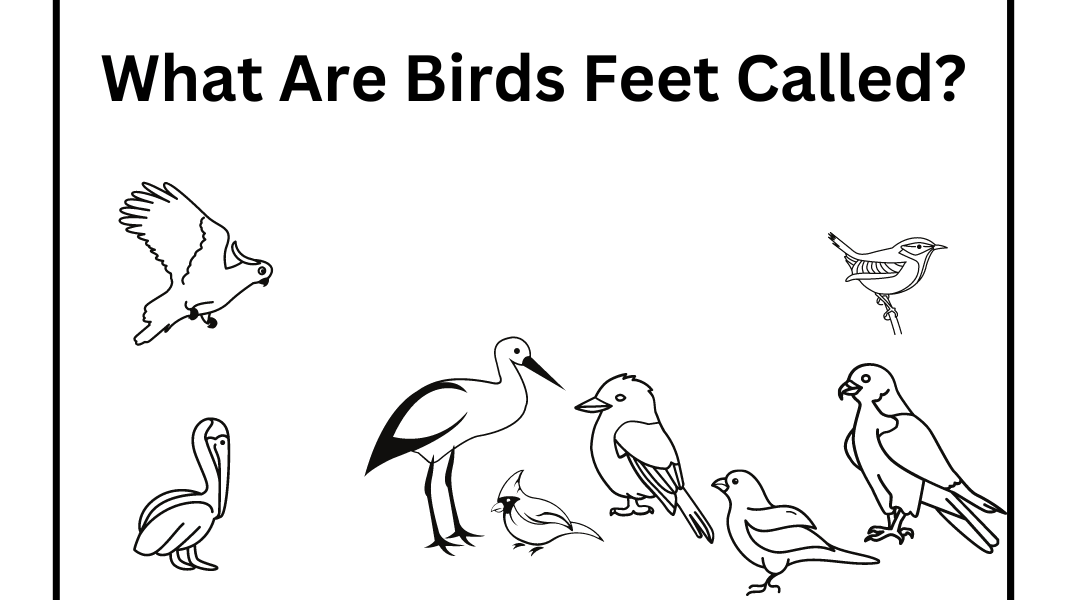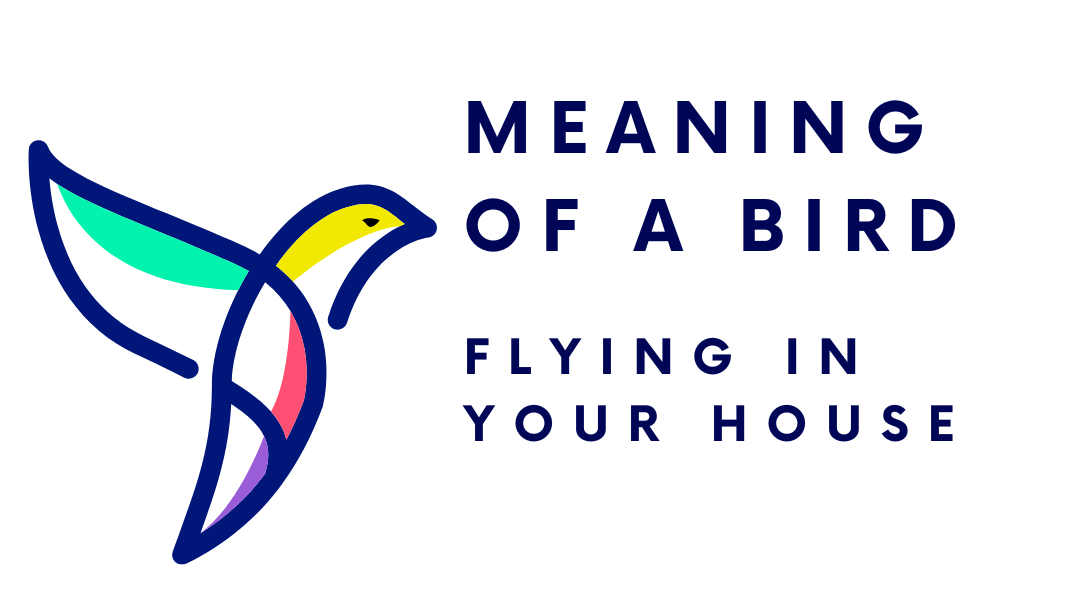Birds are one of the most diverse and fascinating groups in the animal kingdom, boasting a wide array of adaptations that allow them to thrive in nearly every environment on Earth. One of the most intriguing aspects of their anatomy is their feet. From the powerful talons of an eagle to the webbed wonders of a duck, bird feet come in a variety of forms, each suited to their unique lifestyles and habitats.
What Are Bird Feet Called?
In ornithology, the study of birds, bird feet are often referred to as “pedes” (singular: pes). However, the term “pedes” is not commonly used outside scientific circles. For the general public and bird enthusiasts, bird feet are usually described by their specific adaptations and functions.
Types of Bird Feet
Bird feet can be broadly categorized into several types based on their structure and function. Here are some of the most common types:
1. Anisodactyl Feet
Examples: Robins, sparrows, and other perching birds.
Description: Anisodactyl feet are the most common bird foot arrangement, featuring three toes pointing forward and one toe (the hallux) pointing backward. This configuration is ideal for perching on branches and navigating various terrains.
Function: The anisodactyl arrangement provides a strong grip, making it easier for these birds to perch securely on tree branches, wires, and other surfaces.
2. Zygodactyl Feet
Examples: Woodpeckers, parrots, and some owls.
Description: Zygodactyl feet have two toes pointing forward and two toes pointing backward. This unique toe arrangement helps these birds climb and grasp vertical surfaces, such as tree trunks.
Function: Zygodactyl feet provide excellent grip and stability, allowing birds to cling to and navigate vertical surfaces with ease. This adaptation is particularly useful for birds that forage or nest in trees.
3. Syndactyl Feet
Examples: Kingfishers and hornbills.
Description: In syndactyl feet, two or more toes are partially fused together. This fusion is most commonly seen in the third and fourth toes.
Function: The partial fusion of toes provides added strength and support, which is beneficial for birds that dig or burrow for food.
4. Pamprodactyl Feet
Examples: Swifts and some parrots.
Description: Pamprodactyl feet feature all four toes pointing forward, although some species can rotate their outer toes backward to enhance their grip.
Function: This toe arrangement allows for versatility in perching and gripping, making it easier for birds to maneuver in tight spaces, such as rock crevices or tree hollows.
5. Raptorial Feet
Examples: Eagles, hawks, and owls.
Description: Raptorial feet are characterized by strong, curved talons and a muscular build. These feet are designed for catching and holding onto prey.
Function: The powerful talons and robust structure of raptorial feet make them ideal for hunting and securing prey, allowing birds of prey to subdue and transport their catches efficiently.
6. Palmate Feet
Examples: Ducks, geese, and swans.
Description: Palmate feet have webbing between three forward-facing toes, with the hallux pointing backward and not connected by webbing.
Function: The webbing provides increased surface area, making palmate feet highly effective for swimming and propelling through water.
7. Totipalmate Feet
Examples: Pelicans, cormorants, and gannets.
Description: Totipalmate feet feature webbing between all four toes, including the hallux.
Function: This extensive webbing offers exceptional swimming capabilities, enabling birds with totipalmate feet to navigate aquatic environments with ease.
8. Semipalmate Feet
Examples: Sandpipers, plovers, and avocets.
Description: Semipalmate feet have partial webbing between the toes, providing a balance between walking on land and swimming.
Function: The partial webbing allows for versatility in locomotion, making semipalmate feet suitable for wading in shallow waters and walking on muddy or sandy surfaces.
9. Lobate Feet
Examples: Grebes and coots.
Description: Lobate feet have lobed, or fleshy, extensions on the toes instead of webbing.
Function: The lobes increase surface area for swimming while also allowing for efficient walking on land. This unique adaptation provides a balance between aquatic and terrestrial locomotion.
The Evolutionary Significance of Bird Feet
The diversity of bird feet is a testament to the power of evolution and natural selection. Each type of foot represents a specialized adaptation that has allowed bird species to exploit various ecological niches. Whether it’s the powerful talons of a raptor, the versatile grip of a woodpecker, or the swimming prowess of a duck, bird feet are marvels of evolutionary engineering.
What Are Ducks’ Feet Called?
Ducks’ feet are referred to as “palmate feet.” This type of foot structure is characterized by the presence of webbing between three forward-facing toes, with the hallux (the backward-pointing toe) not connected by webbing.
The webbing between the toes significantly increases the surface area of the feet, making them highly effective for swimming and propelling through water. This adaptation enables ducks to navigate aquatic environments with ease, making them proficient swimmers and foragers in their watery habitats. The palmate feet of ducks are a perfect example of how specific anatomical features support the lifestyle and ecological niche of a species.
Conclusion
Bird feet, though often overlooked, play a crucial role in the survival and success of avian species. By understanding the different types of bird feet and their functions, we gain deeper insight into the incredible adaptability and diversity of birds. Whether you are a bird enthusiast or a casual observer, taking a closer look at bird feet can enhance your appreciation for these remarkable creatures.
As you venture out to observe birds in their natural habitats, pay attention to their feet and how they use them. You’ll discover that even the smallest details can reveal fascinating stories about the lives and behaviors of our feathered friends.







